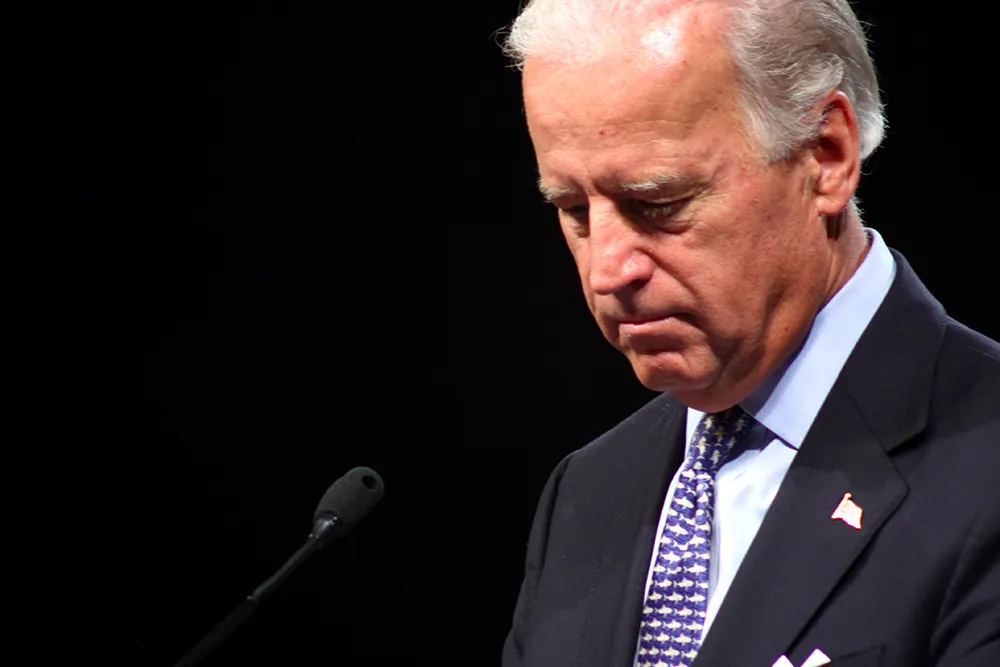While the largest statewide spends, and deployment of ITS, can be found in California and Florida, more interesting perhaps are the 26 states starting to deploy ITS on a larger scale, each budgeted to spend between $10-$100 million over the same period.
With such a large amount of spending, a more focused approach is required to unpick where major opportunities lie, according to report author and research director Paul Everett. “With a total spend of close to $170 million and more than 1,200 video surveillance cameras, and 400 digital message signs deployed on its major freeways, at first glance the state of Florida looks full of opportunity,” he says. “However, our research into individual counties showed that ITS in the state of Florida is in fact driven by seven major cities: Miami, Orlando, Jacksonville, Tampa, Fort Lauderdale, Naples and Fort Myers.”
The deployment of ITS across the US will be ongoing. Southern states currently lead the way in terms of deployment with close to 5,000 video surveillance cameras, 40,000 road sensors and 1,500 DMS in operation. However, according to IMS, when you relate deployment with penetration, what you actually find is often a different story. Despite having close to 5,000 video surveillance cameras deployed in the region, largest penetration is in fact in the North-East where 2,740 video cameras relate to a penetration of 4.9 per cent.
Everett continues, “When you take this regional data and look state by state, the information becomes even more intriguing. With 1,651 cameras deployed, the state of Texas is the largest in terms of an installed base. However, in terms of penetration, Texas is eclipsed by Utah where 669 cameras equate to a penetration of 17.4 per cent.”









